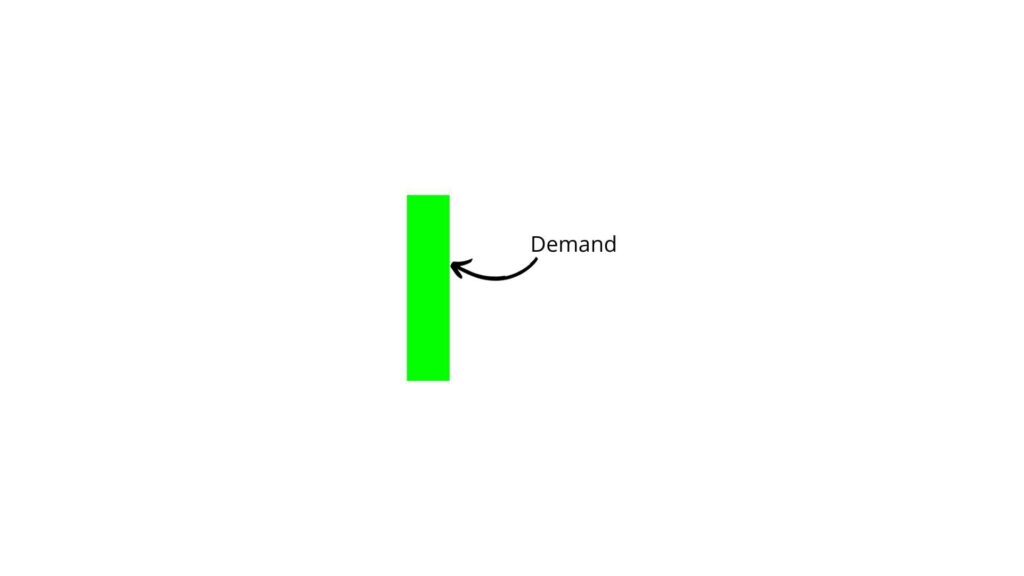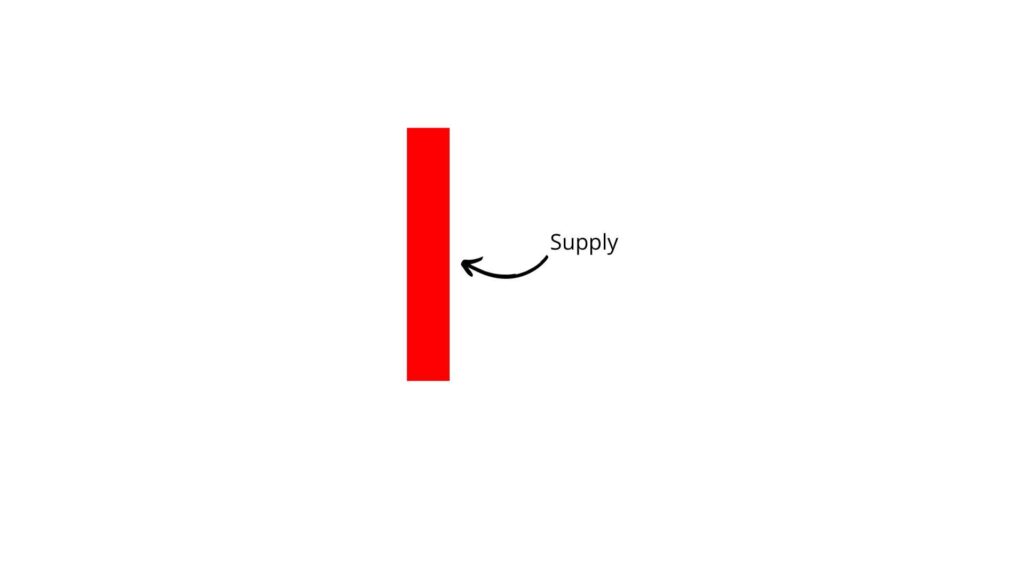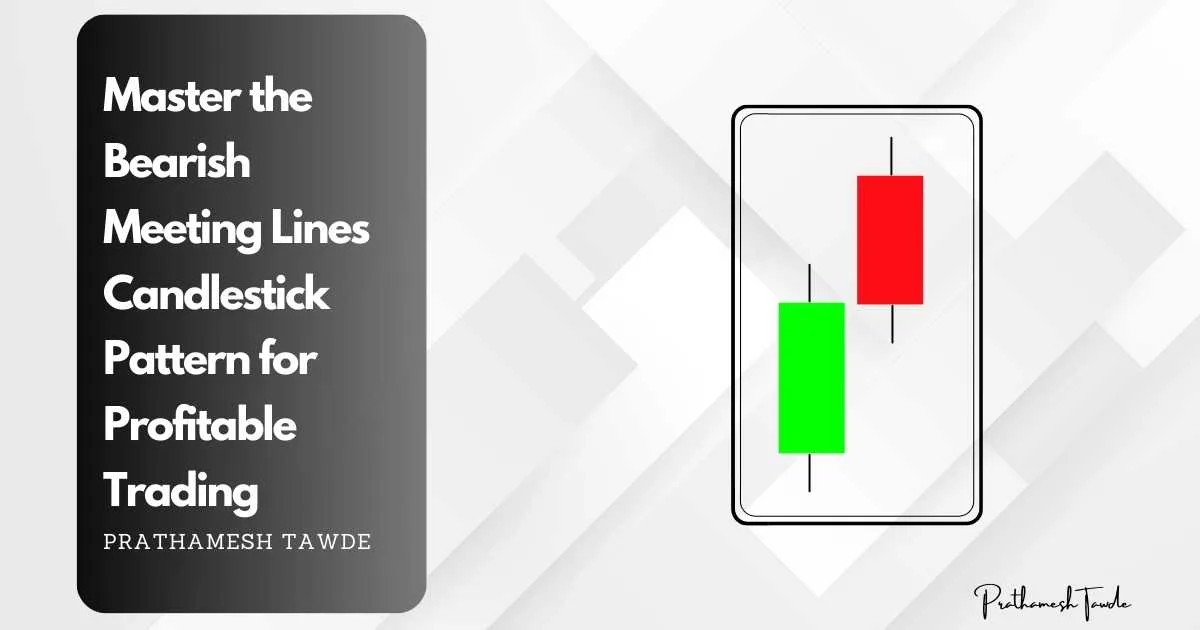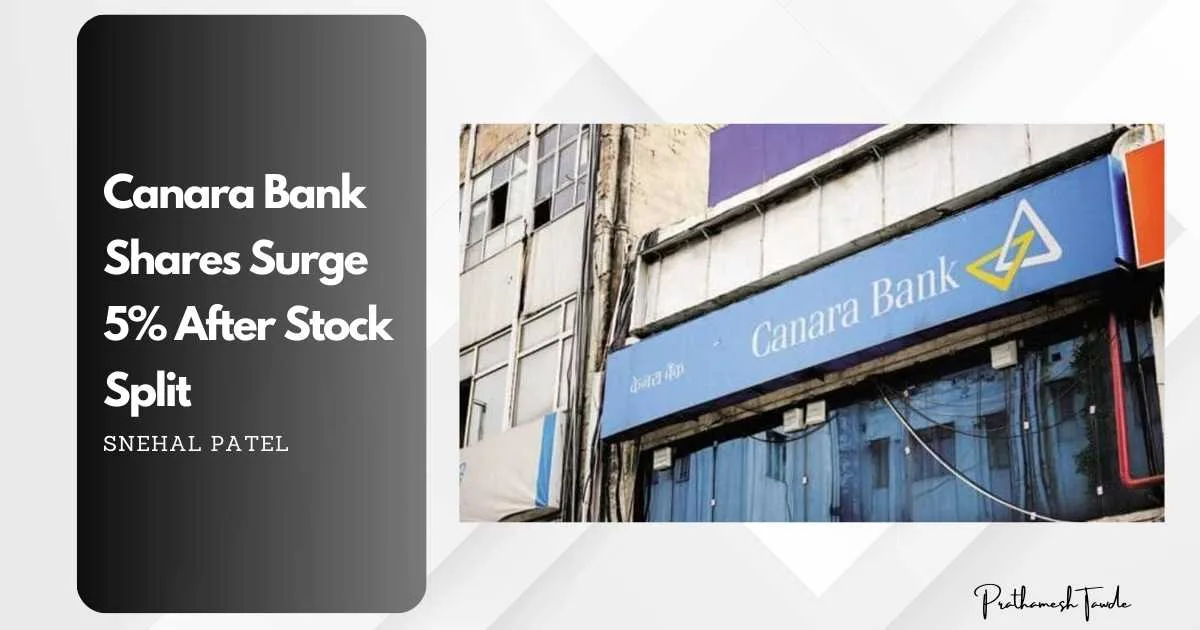Marubozu Candlestick : A Step by Step Guide
- Prathamesh Tawde
- April 4, 2024
Marubozu Candlestick Pattern
Marubozu candlestick are like secret codes in trading. They help traders understand how people feel about the market, which helps them decide what to do.
They’re pretty strong compared to other candlestick shapes.
In this guide, we’ll talk about Marubozu candlesticks—what they are, how to find them, and what they mean for traders.
What is a Marubozu Candlestick?
A Marubozu candlestick is a single candlestick pattern that has a long body with little to no wicks or shadows on either end.
This means that the opening or closing price is equal to the high or low of the trading session, indicating strong buying or selling pressure throughout the session.
Identifying a Marubozu Candlestick Pattern:

To effectively identify a Marubozu candlestick pattern, traders should focus on its distinct characteristics.
A candlestick pattern features a long body with little to no wicks or shadows on either end.
Visually, a Marubozu candlestick appears as a long rectangle with no or minimal extending from the top and bottom.
This absence of upper and lower shadows distinguishes it from other candlestick patterns.
Traders often refer to this pattern as a “solid” or “complete” candlestick due to its lack of shadows.
Understanding Bullish Marubozu Candlestick Pattern:

A bullish Marubozu occurs when the opening price is the same as the low, and the closing price is the same as the high.
This pattern suggests that buyers were in control throughout the trading session, pushing the price higher without encountering much resistance.
It signifies strong bullish sentiment and is often seen as a potential reversal signal after a downtrend.
Key characteristics of a bullish Marubozu:
- No upper or lower shadows.
- Long body with a hollow or white color.
- Opening price equals the low, and closing price equals the high.
Traders often interpret a Bullish Marubozu as a sign of continued upward momentum, and it can be a signal to enter long positions or to hold onto existing bullish positions.
Understanding Bearish Marubozu Candlestick Pattern:

A bearish Marubozu forms when the opening price equals the high, and the closing price equals the low, indicating strong selling pressure throughout the session.
This pattern suggests that sellers dominated the market, pushing prices lower without encountering much opposition.
It’s often viewed as a potential reversal signal after an uptrend.
Key characteristics of a Bearish Marubozu:
- No upper or lower shadows.
- Long body with a filled or colored appearance.
- Opening price equals the high, and closing price equals the low.
Traders interpret a bearish Marubozu as a sign of continued downward momentum, signaling potential opportunities to enter short positions or to liquidate existing long positions.
Trading Strategies Using Marubozu Candlesticks:
Bullish Reversal Confirmation: When a bullish Marubozu forms after a downtrend, traders may see it as confirmation of a potential reversal. You may consider entering long positions, especially if accompanied by high trading volume or other bullish indicators.
Bearish Reversal Confirmation: Similarly, when a bearish Marubozu forms after an uptrend, traders may interpret it as confirmation of a potential reversal. You may consider entering short positions, particularly if supported by other bearish signals or high trading volume.
Trend Continuation: In some cases, candlesticks can also signal continuation of the prevailing trend. For example, a series of bullish Marubozu candles in an uptrend may indicate sustained buying pressure and signal potential opportunities to add to long positions.
Application in Different Time Frames:
The effectiveness of Marubozu candlesticks can vary depending on the timeframe being analyzed.
In shorter timeframes, such as Intraday Trading, Marubozu patterns may occur more frequently but could also be more prone to false signals.
Traders should be cautious and confirm Marubozu patterns with other indicators or signals.
In longer timeframes, such as Daily or Weekly charts, Marubozu patterns carry more weight and are considered more reliable.
These patterns can provide valuable insights into the overall trend direction and can be used to identify significant turning points in the market.
How to find Marubozu candlestick using Chartink.com
Chartink.com Overview
Chartink.com is an online stock screener and charting tool. It lets traders scan for technical patterns and analyze market trends. Chartink.com has customizable filters and an easy interface. It’s a great resource for traders.
Below is the screenshot of how the websibsite looks , You can simply
You can search for Marubozu candlestick in screeners. It will show you all stock charts with a Marubozu candlestick.
Keep in Mind that some Marubozu candlestick are wrong and won’t give the right signal. We will only use screeners to find likely Marubozu candlestick.
Conclusion:
Whether Bullish or Bearish, these patterns provide valuable insights into market sentiment and can help identify potential trend reversals or continuations.
By understanding how to identify and interpret Marubozu candlesticks, traders can make more informed decisions and improve their overall trading success.
However, it’s crucial to remember that no Trading strategy is foolproof, and incorporating risk management principles is essential to long-term profitability.
FAQs
A Marubozu candlestick is a Japanese candlestick pattern. It has no upper or lower wicks. This shows strong buying or selling pressure during the trading session.
Look for a candlestick with a long body and no wicks extending from the top or bottom. If it’s a bullish Marubozu, the body will be at the top of the candlestick. This shows strong buying.
A Marubozu candlestick suggests that the market is very strong in one direction (bullish or bearish). There is little to no price retracement during the trading session. It often signifies the continuation of a trend.
Traders can use Marubozu candlesticks to confirm the strength of a trend. For example, if there is a series of bullish Marubozu candles, this shows strong buying. It supports a bullish trend. But, a series of bearish Marubozu candles suggest strong selling. It indicates a bearish trend.
Yes, there are variations such as the “Closing Marubozu” and the “Opening Marubozu.” A Closing Marubozu has its opening price at the top of the candlestick’s body. Its closing price is at the bottom. This shows strong selling pressure throughout the session. An Opening Marubozu is the opposite. Its opening price is at the bottom of the body and its closing price at the top. This shows strong buying pressure.

I’m Prathamesh Tawde, a leading figure in the dynamic world of financial markets. Born on March 30, 1986, in the vibrant city of Thane, Maharashtra, I’ve nurtured a profound passion for technical analysis and a commitment to guiding individuals toward successful trading journeys. With a mission to empower and educate, I’ve carved a distinct niche as a content creator, educator, and mentor.





